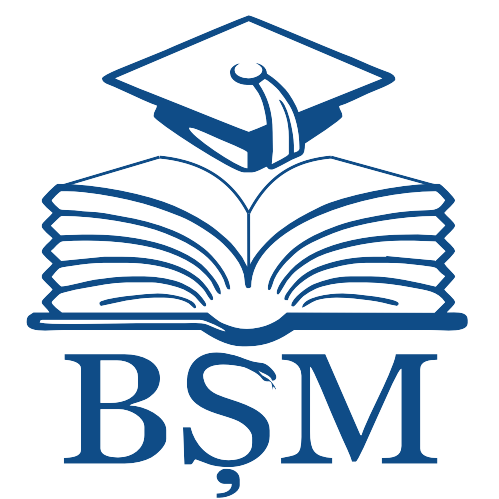| DC Field | Value | Language |
|---|
| dc.contributor.author | Muntean, Elizaveta | |
| dc.date.accessioned | 2024-10-28T12:50:28Z | |
| dc.date.accessioned | 2024-11-18T22:52:46Z | |
| dc.date.available | 2024-10-28T12:50:28Z | |
| dc.date.available | 2024-11-18T22:52:46Z | |
| dc.date.issued | 2024 | |
| dc.identifier.citation | MUNTEAN, Elizaveta. Training of abdominal breathing on purpose of reducing anxiety by restricting the chest movements. In: MedEspera: the 10th Intern. Medical Congress for Stud. and Young Doctors, 24-27 April 2024: abstract book. Chișinău, 2024, p. 373. ISBN 978-9975-3544-2-4. | en_US |
| dc.identifier.isbn | 978-9975-3544-2-4 | |
| dc.identifier.uri | https://medespera.md/en/books?page=10 | |
| dc.identifier.uri | https://repository.usmf.md/handle/20.500.12710/28779 | |
| dc.description | Universitatea de Stat de Medicină şi Farmacie „Nicolae Testemiţanu”, Chişinău, Republica Moldova | en_US |
| dc.description.abstract | Introduction. The respiratory biofeedback method is based on executing of paced voluntary respiratory movements in order to reeducate a dysfunctional breathing pattern into a physiologically normal one. Respiratory biofeedback includes manual and instrumental techniques, while the most efficient are proven to be the instrumental methods, which involve the use of technical devices. By auditory or visual signals, they provide feedback to the patient with the result of their voluntary actions on their breathing pattern.
Aim of study. This study aims to assess the efficiency of respiratory biofeedback, performed through slow abdominal breathing, with restricted chest movements, on the anxiety.
Methods and materials. To reduce anxiety, respiratory training involved abdominal breathing at a rate of 6 breaths per minute. The beginning of the phases of the respiratory cycle (inspiration/expiration) was given by the sound of a metronome, so that the ratio between the time of inspiration and that of expiration was strictly 5 to 5 seconds. Training of abdominal breathing with restriction of chest movements was performed with the Variteks REF 137 chest corset, on a group of 32 people, students of Nicolae Testemitanu State University of Medicine and Pharmacy, 19-24 years old, mean age 21.4 ± 1.1 years. The anxiety was assessed using State and Trait Anxiety Inventory Spielberger (STAI). While using the corset which restricted the movements of the chest during the respiratory training sessions, it was possible to achieve abdominal respiration as it was demonstrated by recording these movements on 2 channels of VISURESP application.
Results. The selected sample of subjects breathed according to this program for 14 days, 15 minutes daily. The anxiety was assessed again using STAI. The outcome of the research showed that 56.25% of the subjects had a very significant decrease in score of trait anxiety (p<0.01), 12.5% of the subjects had significant decrease (p<0.05), for 3 subjects the level of anxiety did not improve and for one subject the level of anxiety had increased.
Conclusion. Restricting the chest movements with chest corset during the respiratory training helps to limit these movements in order to achieve abdominal breathing. This can serve as a tool for reducing anxiety, so this technique can be recommended as a nonpharmacological treatment for anxiety disorders. | en_US |
| dc.publisher | Instituţia Publică Universitatea de Stat de Medicină şi Farmacie „Nicolae Testemiţanu” din Republica Moldova | en_US |
| dc.relation.ispartof | MedEspera: The 10th International Medical Congress for Students and Young Doctors, 24-27 April 2024, Chișinău, Republic of Moldova | en_US |
| dc.title | Training of abdominal breathing on purpose of reducing anxiety by restricting the chest movements | en_US |
| dc.type | Other | en_US |
| Appears in Collections: | MedEspera 2024
|


